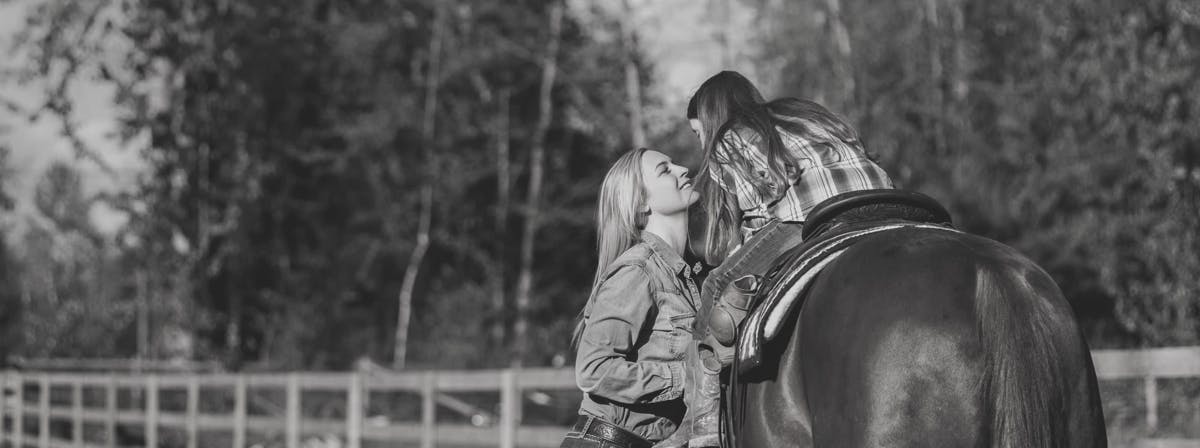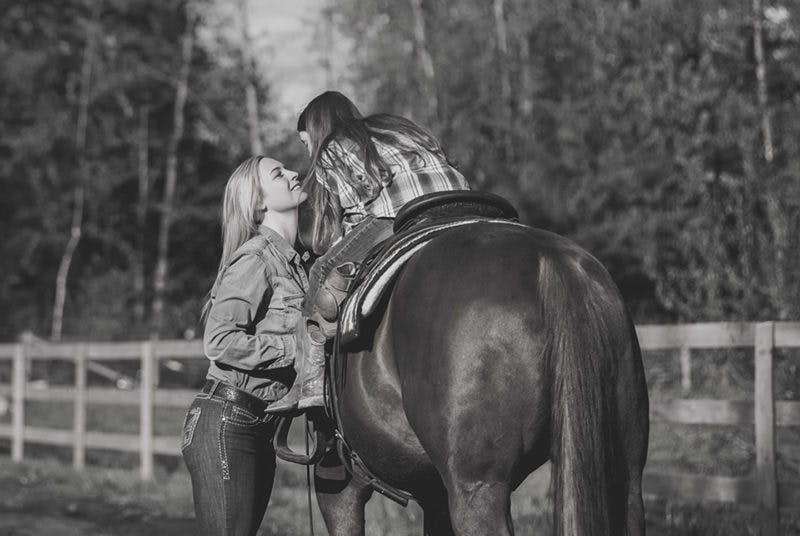Country living has many benefits. Peace and quiet, room to roam, and plenty of space for your furry animal friends and livestock among them. But with these benefits comes added responsibility. Living in a rural area means that access to many services city and suburban dwellers take for granted are actually a whole lot more difficult – or at the very least, further away. Meaning that you need to be prepared to take matters into your own hands.
One of the most important things to learn as an acreage owner? First aid. When the closest hospital or ambulance is miles away, you need to be prepared to tackle the initial treatment of any injuries sustained on your property, because oftentimes the first few minutes make all the difference between a safe recovery and something much more severe.
And while this of course applies to everyone living in your home, it’s equally important to think about first aid for your animal friends as well. With that in mind, let’s talk about some of the basic first aid steps you can take for the dogs, cats, horses and chickens that call your farm home.
(Please Note: As we’ll discuss, it’s crucial that you speak with your animals’ veterinarian prior to administering ANY first aid or medical treatments. Do not attempt to treat your pet before speaking with a professional.)
Step 1: Build Your Animal First Aid Kit
Much like you would for humans, it’s important to be prepared before anything happens to one of your animals. An animal first aid kit is relatively easy and inexpensive to put together, and can make all the difference if something does happen on your property.
Here’s a look at what you should have on hand at all times to treat your animals:
A roll of self-adhesive or crepe bandage (aka vet wrap)
Conforming/open-weave bandages
Non-adhesive absorbent dressings to cover open wounds
Surgical sticky tape
Box of cotton wool
Box of sterile absorbent gauze
Blunt ended scissors, preferably curved
Thick towel
Elizabethan collar
Activated Charcoal
Muzzle
Hydrogen Peroxide
Eye Dropper
Step 2: Call Your Vet First
While the closest veterinary hospital may be many kilometres down the road, it’s still important to call your Vet immediately if something is wrong with one of your animals. As important as prompt first aid is, administering the wrong treatment can make the condition of your animals even worse.
By describing the situation to your Vet, you should be able to get advice on exactly what type of first aid to administer, and how urgently you’ll need to bring the animal in to seek professional care.
Step 3: Approach with Caution
While under normal circumstances, your dog, cat or horse might be the most loving, mild-mannered creature on the face of the earth; when injured, all bets are off. An animal in pain is an unpredictable creature, and as such, you need to approach them with caution. For dogs, cats, and chickens be mindful for biting and scratching. For horses, mind the biting as well, and be especially careful of kicks.
While your instinct may be to comfort your pet, keep in mind that they may be in pain in areas with no external damage. Approach your animal with caution, and slowly and carefully examine them per your Vet’s instructions, being sure to stop if they show any signs of agitation.
If the animal is not vomiting, you may want to consider putting a muzzle on while examining and caring for them. Again, you can never be too careful when it comes to an injured animal.
Step 4: Administer Care
Based on the recommendation of your Vet, you may be required to begin administering first aid to your injured or sick animal. While it’s important that you listen to instructions provided to you over the phone by your animal care professional, there are several key animal first aid tactics you should be aware of ahead of any emergency, so that you are better prepared if and when the time comes to administer.
Poisoning/Exposure to Toxins
One of the most common issues your acreage animals will encounter is eating or coming into contact with something harmful. These toxins generally come in one of three forms: 1. A known toxin (e.g. drain cleaner), 2. A harmful plant toxin (e.g. poisonous berries), and 3. An unknown toxin (something safe for humans but bad for animals – such as grapes for dogs).
If you suspect your animal has come into contact with one of these three items, call your vet immediately. While on the phone, do your best to determine the source of the toxin, as this may affect the type of care and seriousness of the issue (your Vet will be able to outline more treatment options once they know the source).
For skin irritation caused by a known toxin or plant, care can generally be administered much like it would for a human. Reading the back of the bottle, instructions should be given as to how long to wash the affected area, and with what type of soap. Be extra careful not to let the run-off water wash into the animal’s eyes or mouth.
If a toxin was ingested, do NOT attempt to induce vomiting without being told to do so by your Vet. Depending on the toxin this may cause more harm than good. Collect the bottle/plant/object that caused the issue, and bring it with you and your animal to the Vet so that they can evaluate and determine the best course of treatment.
Seizures
Unfortunately, there is not much you can do to stop an animal’s seizure. If you witness one of your pets experiencing a seizure, know that it should only last for about 2-3 minutes. In the meantime, move any dangerous items out of the immediate area, as your animal may inadvertently run directly into them (furniture, open flame, etc.).
Once the seizure is over, comfort your pet and keep them warm, and call your Veterinarian immediately.
Fractures
If you pet has experienced a fracture, lay it down on a flat surface and keep it calm. Muzzle the animal if possible and find a flat board or other surface to use as a makeshift stretcher for transporting the animal to the Vet. Secure the animal to the stretcher with gauze, making sure to avoid the injured area and their chest.
While you may have the instinct to build a rudimentary splint for an injured animal limb, unless you’ve been professionally trained, it’s best not to do so. A bad splint can end up causing more harm than good. Just do your best to keep the animal calm and still as you transport them to the hospital.
Wounds
Hold a clean gauze pad over the wound and apply pressure for 3 minutes. Check to see if the blood has begun to clot, applying more pressure if needed.
Once the blood has begun to clot, apply a fresh gauze pad and wrap securely (but not too tight) with medical tape. Contact your Vet and describe the issue, as several blood loss in animals (especially small animals) can become life-threatening very quickly.
Heatstroke
If you suspect your animal is battling heatstroke, there are several steps you can take before transporting them to your Vet. First, if possible, get the animal out of sunlight and into a cool, shaded area. Soak a towel in cold water and apply to the back of their neck, being sure to re-soak every few minutes. Using a hose or bucket, rise cold water over the animal’s abdomen and between their hind legs.
During this process, be sure to call your Vet to let them know the status of your animal. With the seriousness of animal heat stroke, it is very likely they’ll want you to bring them in immediately for observation and treatment.
Choking
If your pet is making strange noises, is having difficulty breathing, or is pawing at their mouth, they may be choking. Using extreme caution, open the animal’s mouth and check for foreign objects. If one is visible, carefully attempt to remove the object using your fingers and/or tweezers.
If no object is visible, or if it is too far to reach, lay the animal on its side and strike their ribcage with your palm firmly 3-4 times, with the intention of using the air in their lungs to push the object out. Check to see if the object has moved closer to the mouth, and if it is now reachable.
Continue this process while driving your animal to the Vet immediately.
By following this guide, you’ll be much better prepared to handle any of the issues that may arise with the animals that call your acreage home. So, stock up on all the necessary first aid supplies, keep your Vet and Animal Hospital addresses and phone numbers handy, and share these basic tips with everyone in your house, so that you can all rest easy knowing that your furry friends will always be well taken care of!



